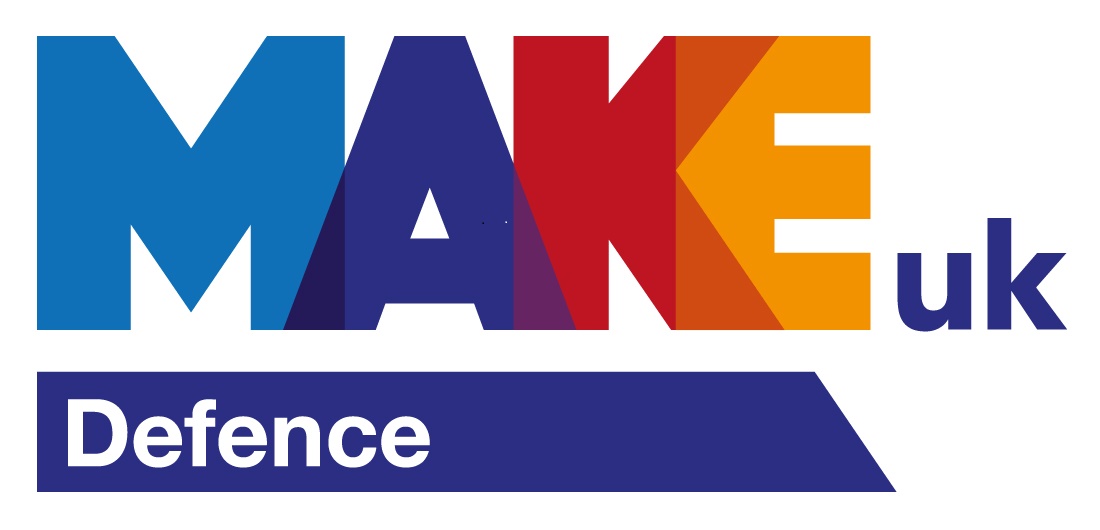Virtual trade shows – are we entering a new era of air shows and exhibitions?
05.08.20


05.08.20

Air shows and trade shows alike were cancelled or postponed when the extraordinary events of the COVID pandemic escalated in early 2020, as measures were enforced by governments that restricted mass gatherings of any kind.
Large scale events that have run for decades – such as Farnborough Air Show – did not go ahead. As with many aspects of our lives that have had to adapt to the new restrictions, this and other events went ‘virtual’.
Participants were involved in panel discussions and carried out individual presentations, attempting to replicate the live event but through a webinar format.
Similarly, during the virtual version of the Royal International Air Tattoo, overviews of different military capabilities were presented virtually, as were panel discussions and flying displays, whereas participants of other shows that were due to take place during the pandemic have transitioned to a so-called ‘virtual stand’ format.
There is no denying that given the challenges introduced by COVID-19 and the international response to controlling its spread, the virtual iterations of these shows were a valiant effort given the circumstances.
Ideally, organisers, participants and attendees would have preferred a live event, so offering an alternative in such a short space of time is certainly commendable.
Having all of the presentations in one place was also beneficial for scheduling purposes, allowing ‘attendees’ to pick and choose which ones they wanted to join, and not being affected by the age-old air show challenge of trying to be at two opposing sides of an airfield at the same time!
There was also good access to speakers, and given the online nature of the structure, it is likely that it was easier to get CEOs of large aerospace companies together in one place for an online format, as they could fit their participation in around other commitments without having to block out days of their week to attend a show in person.
Likewise, the cost saving aspect of virtual events cannot be overlooked, as attendees are no longer required to have to travel to a show, something that often comes with a hefty cost.
Even before the impact of COVID-19, many companies were already in the process of assessing the merits of having such large-scale attendance at trade shows, including the time and monetary costs that come with that, and it is likely that the industry will continue to be even more cost aware now given the economic impact of the pandemic.
While it has been noted that given the circumstances these were laudable responses to the challenge, you cannot quite replicate the relationship building element of attending a trade show via a webinar format.
Rather than events be replaced like-for-like from live to virtual, it is more likely that companies will instead be assessing their entire approach to brand and content marketing, being more acutely aware of how they allocate their budgets.
There were several challenges identified from these virtual events, including there being limited engagement and a rather one-dimensional aspect to some of the presentations, with many being pre-recorded and sales pitch in tone.
Additionally, shows like Farnborough and RIAT are first and foremost exhibitions with live flying displays, so transitioning to a conference format is not necessarily what attendees are looking for from these particular shows.
Rather than commit to a scheduled time within the organisers’ virtual programme, a better way to market your company could be via an organic digital marketing campaign that is not going to be drowned out by all of the other events taking place that week, and can rather be held at any point throughout the year in line with a carefully managed content strategy.
If a transition to virtual events has been identified by your company as something that is of interest going forward, then this does not have to hinge on a large-scale event such as a virtual trade show.
The development of virtual stands and events was reactive to the circumstances of this year, although going forward, the extraordinary events of a pandemic should no longer be unexpected.
Rather, companies should be looking towards 2021 and deciding how to control their own messaging, and doing this via virtual events in the future is not advisable when there are so many other ways to carry out your own marketing.
In person interactions will continue to have their merits, and face-to-face meetings are always going to be of value, but there is ample opportunity outside of shows to launch your own marketing campaigns that can be distributed through your own channels in accordance with your own strategy.
While 2020 has been an incredibly challenging year for all aspects of the industry, a relative normality is becoming more of a reality, so now is the time to start planning for 2021 to ensure that you are prepared and have an effective marketing strategy in place that meets your internal targets.
Take control of your messaging, ensure effective brand awareness, and do it in in accordance with your own agenda.
For more on this topic, check out Episode 4 of our In Discussion podcast series here:


Signatories of:


Members of:



Innovation House
Molly Millars Close
Wokingham
RG41 2RX